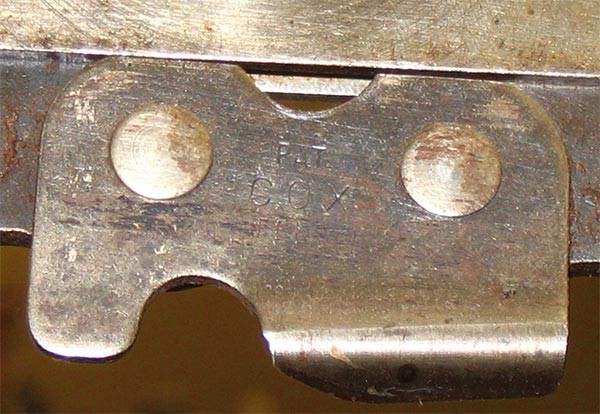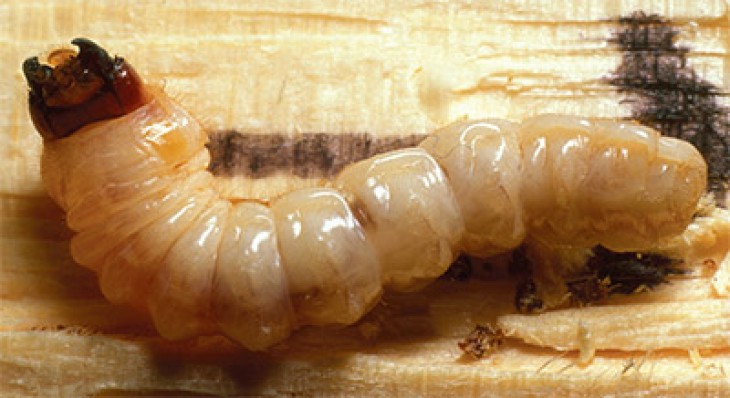Watch old footage of a lumberjack using a crosscut saw (colloquially called a misery whip) – or better yet, pick one up at a farm auction and try it out yourself – and you’ll come to appreciate how ripe the tool was for innovation. And yet, the birth of the modern chainsaw wasn’t easy. The U.S. Patent Office issued a patent for what might be considered the first mechanical chainsaw in 1858, but 80 years later loggers were still using crosscuts. Why? Partly because early saws were unwieldy in the woods (one “portable” saw manufactured in 1933 weighed 490 pounds and was mounted on bike wheels.)
But also because the “scratcher” chains on the early saws, which simply mimicked the crosscut design, didn’t cut well. Inventors were so tunnel-visioned on replacing muscle power with gasoline power that they neglected to scrutinize the design of the chain. As a result, even when engine technology had advanced to the point of making a saw light enough to be truly portable, loggers were abandoning the smelly, loud, quick-to-dull-and-hard- to-sharpen contraptions and going back to crosscuts.
Enter Joe Cox, a jack-of-all-trades who took on itinerant work as a logger in the 1940s and was perplexed that the power saws cut so poorly. Legend has it that one day he came across a tree riddled with pine sawyer beetle larvae (Ergates spiculatus). He stopped and admired how they cut through the wood with an efficient, left-and-right, side-to-side motion.
He took some home and studied the larvae and the sawdust they created under a microscope. He then went down into the basement of his two-story frame house in Portland, Oregon, and set to work on a chain design featuring alternating cutter teeth that mimicked the larva’s c-shaped jaws.
He patented the idea, became a very wealthy man, and retired to California with his wife. He died childless and his wife, upon her death, split the six million dollars that was left of the sawchain fortune equally among the 42,238 people in Kandyohi County, Minnesota, the place where she grew up. They received $142 each.
Editor’s Note: This is the first in a series of stories about objects that revolutionized the (rural) world.



